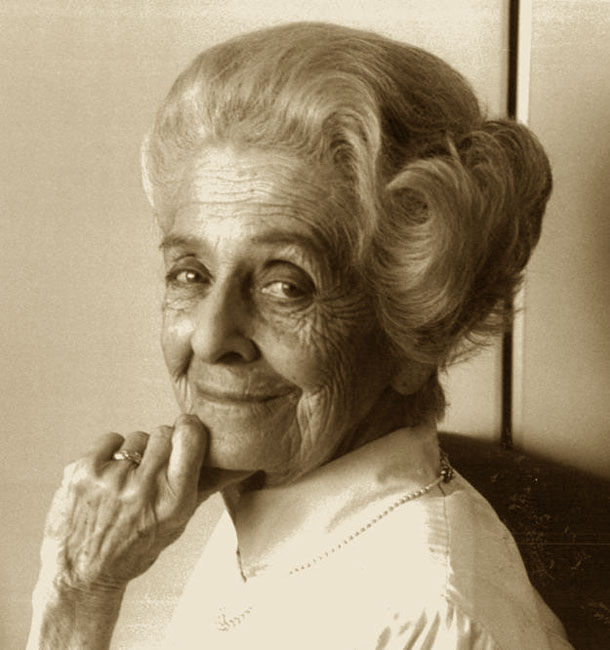

As she later revealed in an interview, “Food was very scarce in those days, so I had to eat the chicken embryos.

She saved all the resources for her experiments, and often, her only source of sustenance were the eggs that she had experimented on. She never gave up her pursuit of science, even under life-threatening situations.


Squeezed into the underground space, she set up her laboratory in a corner of her family’s shared living space and continued her research indefatigably in the dark and cold room. However, even in the face of war, Levi-Montalcini rebuilt her mini-laboratory every time she moved. As the war approached closer and closer, her family ended up hiding underground in Florence. Because food was deficient at that time, she had to cycle around the village to buy eggs for her experiments. Soon World War II broke out, which brought greater hardship to Levi-Montalcini’s research.ĭuring the German occupation of Italy from 1943 to 1945, Levi-Montalcini’s family was forced to move to a country cottage to escape the massive bombings in Turin. As a result, Levi-Montalcini had to leave her university however, despite this obstacle, she set up a makeshift laboratory in her cramped bedroom to study the growth of nerve fibers in chicken embryos, since eggs were the most accessible materials.
#Dr rita levi montalcini professional
In 1838, Mussolini's Manifesto of Race triggered the persecution of Jews, prohibiting them from pursuing academic and professional careers. Levi-Montalcini faced discrimination in the neuroscience field not only because of her gender but also because of her Jewish background. in medicine and surgery in 1936 and enrolled in a three-year specialization in neurology and psychiatry. She graduated from the university with a summa cum laude M.D. Her passion for science finally touched him, and she attended the Turin University Medical School, where women were rarely admitted. However, Levi-Montalcini argued with her father and fought for her rights. Although her family was loving, her father firmly believed that women should not pursue higher education and careers because they would interfere with women’s roles as wives and mothers. Together with her twin sister, Levi-Montalcini was the youngest of four children. Her father was an electrical engineer and mathematician, while her mother was a painter. Levi-Montalcini was born on April 22, 1909, in Turin, Italy, to a patriarchal Italian Jewish family. Her experiences led her to instruct, “Above all, don't fear difficult moments. However, she managed to overcome them, adding to the history of female scientists with her crucial research in world science. Along the path to her success, she faced numerous personal and professional challenges, ranging from sexism to anti-Semitism. Levi-Montalcini was an Italian Jewish neurophysiologist who is renowned for her discovery of nerve growth factors, which earned her the Nobel Prize in Medicine or Physiology in 1986. One such example is Rita Levi-Montalcini, who was almost prevented from discovering nerve growth factor and contributing to the treatment of cancer, Alzheimer’s, Parkinson’s and chronic pain by her environment and historical context. You probably know of many Nobel prize winners, but have you heard of Rita Levi-Montalcini? While many women have contributed significantly to the development of neuroscience, their stories remain untold.


 0 kommentar(er)
0 kommentar(er)
